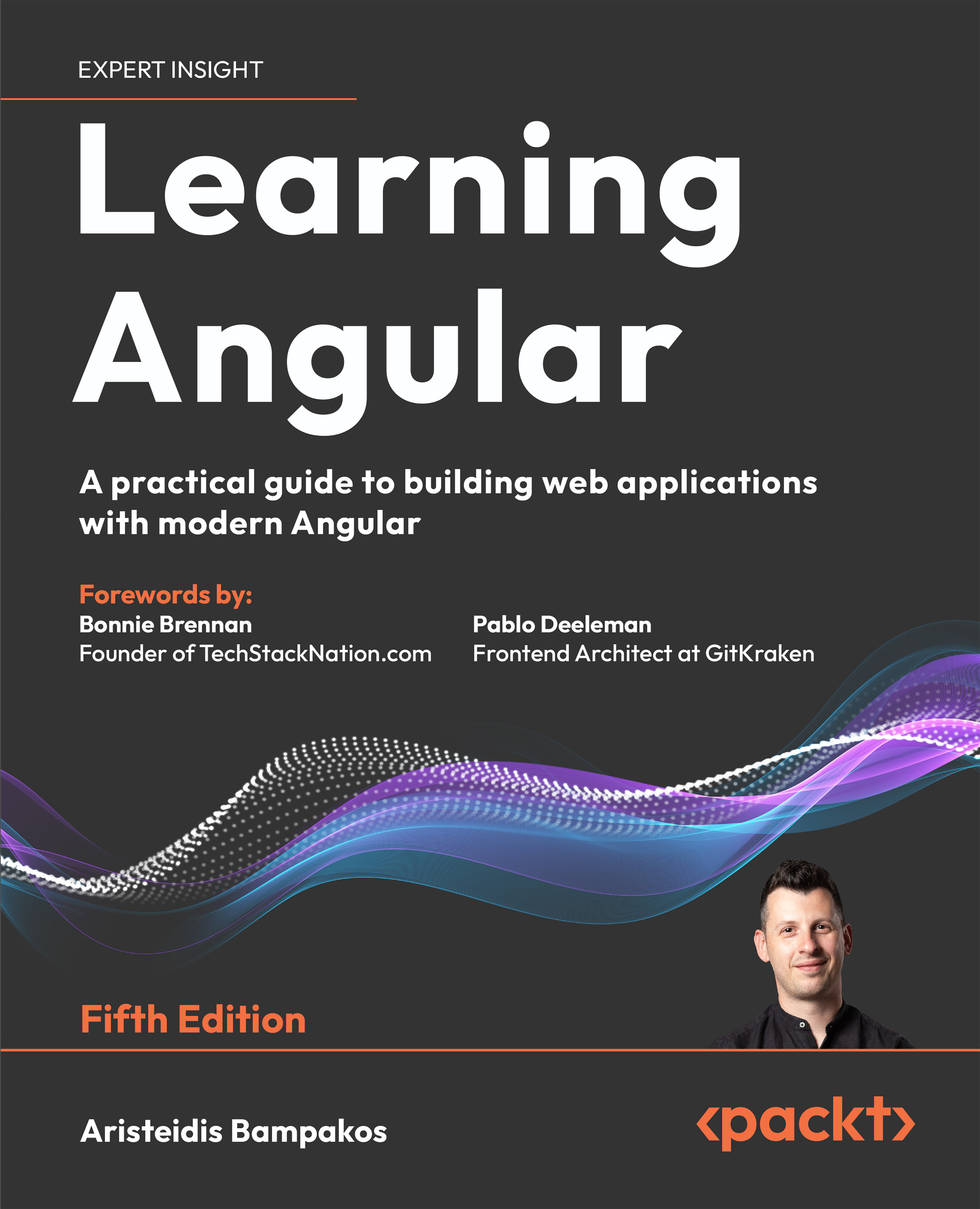Time for action - adding new project types with the Template Engine
While Celtx provides us the five standard industry formats, Film, Audio-Visual, Theatre, Audio Play, and Comic Books, we are not limited to them. In case, a different or non-standard format is needed, we can create and save them using the template engine feature.
To create a new template, open Celtx in the one of the five formats discussed previously. Click on the File button on the top menu bar, and then click on Create Template.... A Save Project dialog box appears. Enter the name and save it.
The name of the new template appears as a project type in the list on the splash page as Celtx starts and only opens the documents we want (that is, those created using that template).
To make that a bit clearer, we open a standard format (any of the ones provided), make the changes to the format we want, and then save it as a new template that we can use over and over again.
 United States
United States
 Great Britain
Great Britain
 India
India
 Germany
Germany
 France
France
 Canada
Canada
 Russia
Russia
 Spain
Spain
 Brazil
Brazil
 Australia
Australia
 Singapore
Singapore
 Hungary
Hungary
 Ukraine
Ukraine
 Luxembourg
Luxembourg
 Estonia
Estonia
 Lithuania
Lithuania
 South Korea
South Korea
 Turkey
Turkey
 Switzerland
Switzerland
 Colombia
Colombia
 Taiwan
Taiwan
 Chile
Chile
 Norway
Norway
 Ecuador
Ecuador
 Indonesia
Indonesia
 New Zealand
New Zealand
 Cyprus
Cyprus
 Denmark
Denmark
 Finland
Finland
 Poland
Poland
 Malta
Malta
 Czechia
Czechia
 Austria
Austria
 Sweden
Sweden
 Italy
Italy
 Egypt
Egypt
 Belgium
Belgium
 Portugal
Portugal
 Slovenia
Slovenia
 Ireland
Ireland
 Romania
Romania
 Greece
Greece
 Argentina
Argentina
 Netherlands
Netherlands
 Bulgaria
Bulgaria
 Latvia
Latvia
 South Africa
South Africa
 Malaysia
Malaysia
 Japan
Japan
 Slovakia
Slovakia
 Philippines
Philippines
 Mexico
Mexico
 Thailand
Thailand














